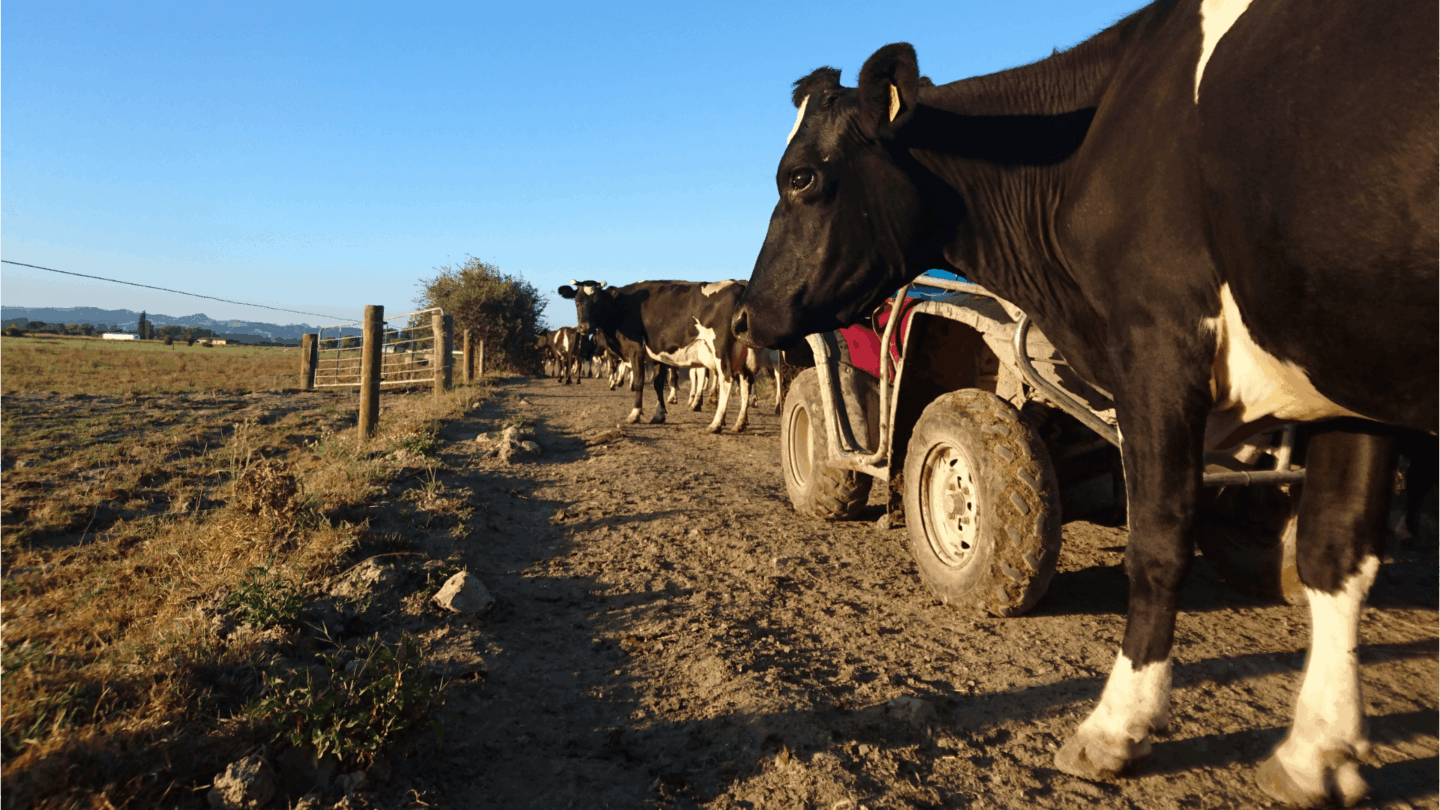By Admin
Fonterra recently announced a forecast of its 2019 Farmgate milk price payout, bringing its current forecast to a range of $6.25 - $6.50, this comes after an initial forecast price of $7.00 in May of this year.
If nothing else, this series of re-forecasts reminds us of one thing which farmers have always known: things change. In this case, the change is one which has a direct impact on the farmer’s bottom line, what could be a 75c shift in payout price edges a farmer’s revenue closer to break-even point on the farm.
Fonterra Chief Executive, Miles Hurrell, acknowledges that the downgrade is challenging for Fonterra farmers, but makes an interesting point:
“...it's important [farmers] have the most up-to-date picture so they can make the best decisions for their farming businesses"
In this case, he's referring to the most up to date view of the forecast milk payout, but we ask, does the farmer know the up to date view of their farm’s operating financial position, and before they can make the best decisions, do they have the plan to make those decisions against?
Increasingly we are seeing a shift in farming which puts the focus on maximising profit as well as production, and while farming has always been a business, kiwi farmers in 2018 are required to keep one eye on production, while keeping the other on the bottom line.
The challenge is, not all farmers are armed with the tools or support to keep profit in focus. This is where we believe Figured and our network of leading partners is able to help, because at the core of the Figured platform is a powerful planning engine which enables farmer, accountant and banker to build a plan and manage to it.
So, in the context of Fonterra's recent announcements, what does the Figured Farmer do? To answer this we reached out to one of our leading partners, Brett Bennett, Managing Director of FARMit Here are the steps he’s taking:
- Review the financial plan in Figured. This will have been in place since the beginning of this financial year, built with the input of his client, and kept up to date with live transactional data from Xero. Having already built the financial plan, Brett and his client know the profit breakeven point on the farm.
- Update the forecast with the recent Fonterra announcement. At the click of a button, Figured gives Brett a view of how close to the line the farm will run with the current cost structure and Summer /Autumn production plan.
- Review the cost structure. Brett breaks costs into two key categories, discretionary and non-discretionary costs. Ie those which must happen and those which can be managed. This is also the case for capital expenditure, those that have a direct impact on farm compliance and health and safety aspects are non-discretionary, with upgrades to machinery or development on the farm carefully considered and done once financial targets are met.
In the case of farm expenditure, System 1 or 2 variable production costs are less, so as the forecast price comes down it's easier to manage to a target breakeven point, while maintaining a watch on animal condition and plans to ensure the following season plans are not adversely affected. Keeping an eye on the profit line means staying sane.
For the more intensive operations, the financial decisions become more involved and supplementary feed prices points are very important to understand.
- Sense check the Summer / Autumn production plan and Cashflow. With decisions on costs made, the team check the plan and make sure they can still hit production targets with any changes relating to fertiliser, feed, repairs and maintenance and where possible wages. If everything lines up the client has a revised plan aligned with the re-forecast payout within a matter of hours and a handle on how changes will impact monthly cash flow and the working capital position. Any negative impact on monthly cashflow can be discussed with the bank if needed, backed by a solid plan. The old saying production is vanity profit is sanity.
While this is a simplified version of the response to the recent announcements, it represents the fundamentals which Figured and Xero enable: Good financial planning with up to date data, the ability to re-forecast and respond to change, and the ability to collaborate with trusted advisors in real time.
Miles Hurrell goes on to say “...we, therefore, recommend farmers budget with ongoing caution". At Figured we agree, but add that it's important to start with a solid plan, knowledge of the farm’s current financial performance, with the ability to respond to change rapidly.
So that yes, you can budget with caution, but balanced with confidence in the plan you have in place.
To find out more about Figured visit figured.com.

